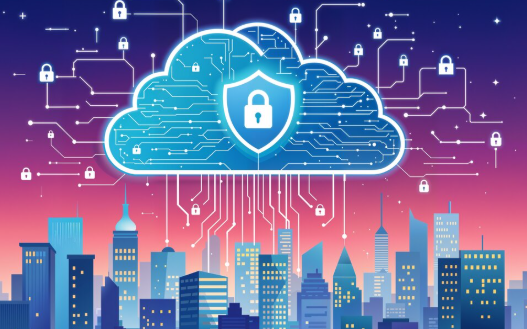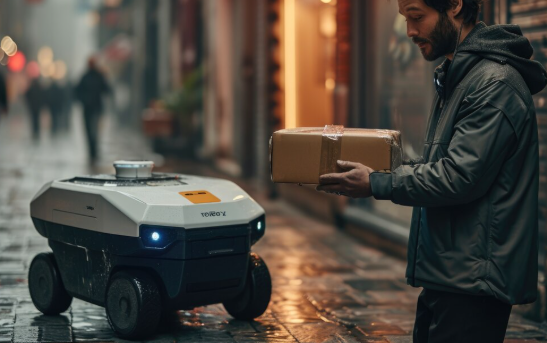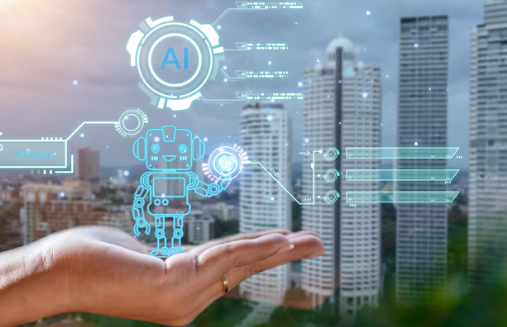Introduction
Although manufacturing and freight distribution are presumed to be highly efficient, the consumption and use of material goods are met with high waste levels. This cruel reality is perceived to be comparative expenses incurred by sourcing new materials instead of using recycled materials. Hence, supply chain strategies can be the deciding factor in improving sustainability as they can bring about reforms in material sourcing. Is a circular economy for a sustainable supply chain the way forward? Let’s find out.
What is a circular economy for a sustainable supply chain?
A circular economy (CE) is an economic system based on the continuous use and reuse of production materials to reduce waste and pollution while protecting natural ecosystems and extending natural resources’ availability for a longer time. A circular economy approach will help you minimize wastage at every stage, from design to distribution. Think of the circular economy as a widespread and most purposeful relative of lean manufacturing.
Sustainable procurement is an integral part of the circular economy concept. It is the process of obtaining products and materials required for business operations with an aim to reduce their consumption and ensure there is no wastage of high proportions. This approach will reduce the negative impact on the environment, community, and society.
Supply chain driving reuse through reverse logistics
Reverse logistics is a supply chain management technique that moves products from customers back to the sellers or the manufacturers. Once a customer receives a product, processes such as returns or recycling need reverse logistics. Reverse logistics begins at the end consumer, moving through the supply chain to the distributor or from the distributor to the manufacturer. Reverse logistics can also include processes where the end consumer is responsible for the final disposal of the goods, including recycling, refurbishing, and resale.
5 Steps for good reverse logistics
- Process the return
The return process begins when the consumer informs that they wish to return the product. The return steps must include identifying the product’s condition by authorized personnel. Also, scheduling, refund approval, and replacing faulty goods are involved in the return process. - Deal with returns
Once the product arrives at the manufacturer’s location, an inspection is conducted to determine its return category. Then, sort the products into disposition options like resell as new, fix the faults, resell as a return, refurbish, recycle, or scarp. - Keep returns moving
Reduce your daily waste by moving repairable items to the repair team. - Repair
After examining the returned item or equipment and checking whether it can be repaired, move it to the repair area. If not possible, look to sell the parts that are working and reusable. - Recycle
Any components or products that you cannot repair, reuse, or resell should be sent to the recycling stage.
Digital technology in the supply chain to show reuse visibility
No one specific technology will allow businesses to adopt a circular economy in their supply chain systems. However, several combinations can create visibility for reuse in the circular economy for a sustainable supply chain. Four key digital technologies to improve circular economic activities are:
- Advanced analytics
- 3D printing
- Internet of Things (IoT)
- Machine learning (ML)
The top 4 areas of the supply chain where digital enablers are used include delivery (46%), customer engagement (45%), manufacturing and remanufacturing (43%), and planning (43%), as suggested by Gartner in their report. However, only a few businesses are using digital technologies to improve reverse logistics. Still, more companies will join the revolution in the coming years as the resources are getting depleted faster than before due to high demand and growing population.
Government role in implementing circular economy
Alongside manufacturers, product designers, and other supply chain participants, the government plays an essential role in improving the circular economy. By setting legislative objectives and developing strategic policies and public services, the government can boost the demand for circular products and influence businesses to operate through a circular economy-driven supply chain. Large municipalities, in particular, have significant influence over the public and commerce, high purchasing power, and the ability to impact millions of stakeholders through strict policies and programs.
Conclusion
A circular economy is not just a wonderful concept but the need of the hour if we have to save the natural resources and use them for a longer period. Although it seems like a heavy initial investment to adopt a circular economy for the entire supply chain, in the long run, it can yield much more revenue as material wastage is minimized and the processes are optimized. Large MNCs have started adopting a circular economy-driven supply chain. Many more will soon join the circular economy, and we should all live in a waste-free world.
FAQs
- How does sustainability impact the supply chain?
A: A sustainable supply chain will help to improve productivity and save money at the same time. By adopting sustainable techniques, you can boost the efficiency of the machines, buildings, vehicles, etc., thereby reducing the overhead expenses for the company. - Who is considered the father of the circular economy?
A: Architect William McDonough is considered the father of the circular economy. - What are the three principles of a circular economy?
A: The three basic principles of a circular economy are,
Designing out waste & pollution
Regeneration of natural systems
Keeping products and materials in use - What are the four top tier supply chain strategies?
A: The four top tier supply chain strategies are,
Customer-centricity
Predictive business
Intelligent automation
Total visibility - Which are the ten brands that have adopted a circular economy in their supply chain?
A: The ten brands that adopted circular economy in their supply chain are,
1. Nike
2. Burger King
3. Loop
4. Ikea
5. Adidas
6. Puma
7. Patagonia
8. H&M
9. HP
10. North Face - What is the main drawback of a circular economy in the supply chain?
A: The main drawback of a circular economy in the supply chain is the lack of strategic guidelines and standardization. - Is circular economy the same as waste management?
A: The circular economy is a holistic approach and looks for improvement across the life cycle of the supply chain, whereas waste management just focuses on the final stage of the product.



